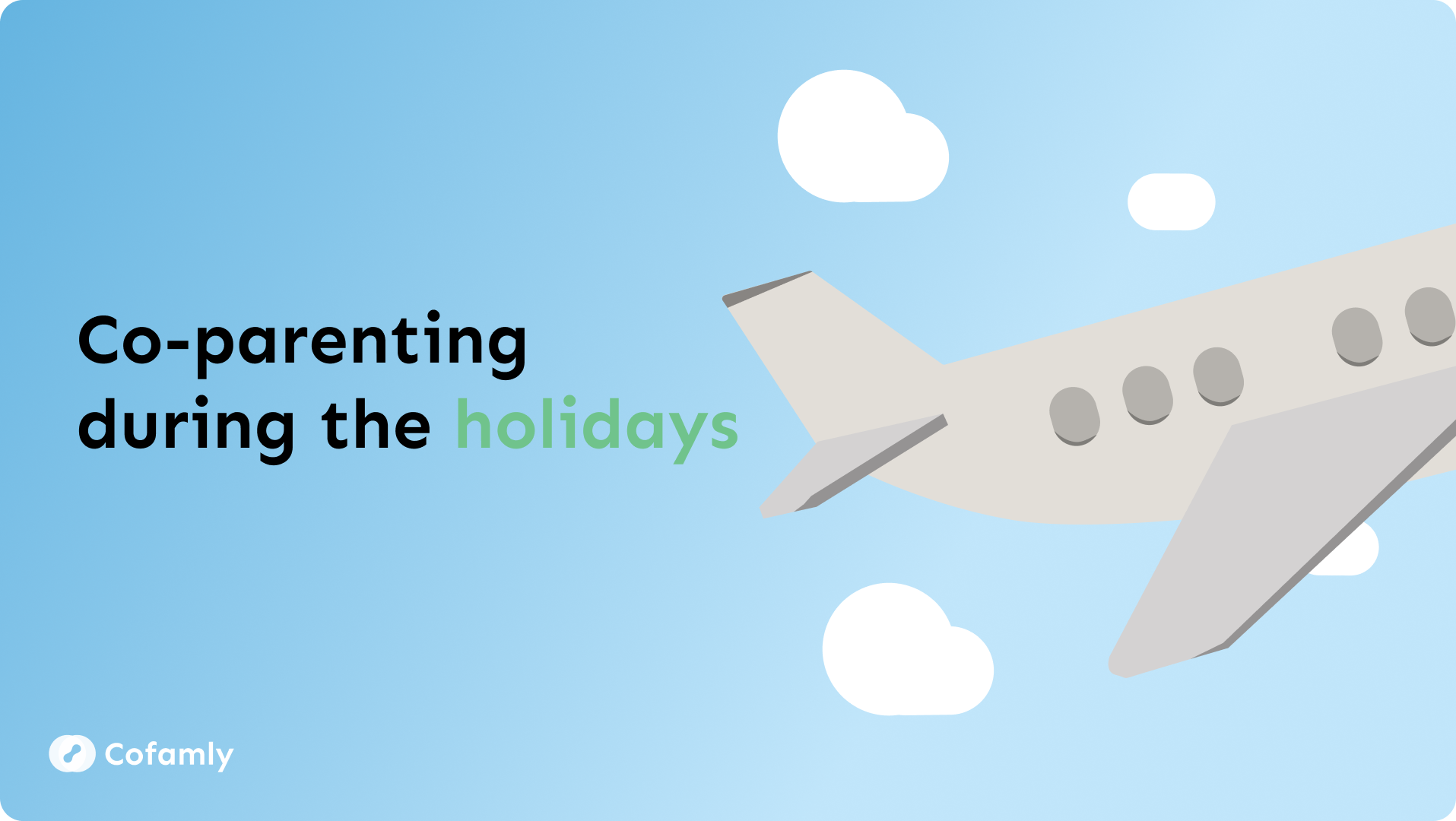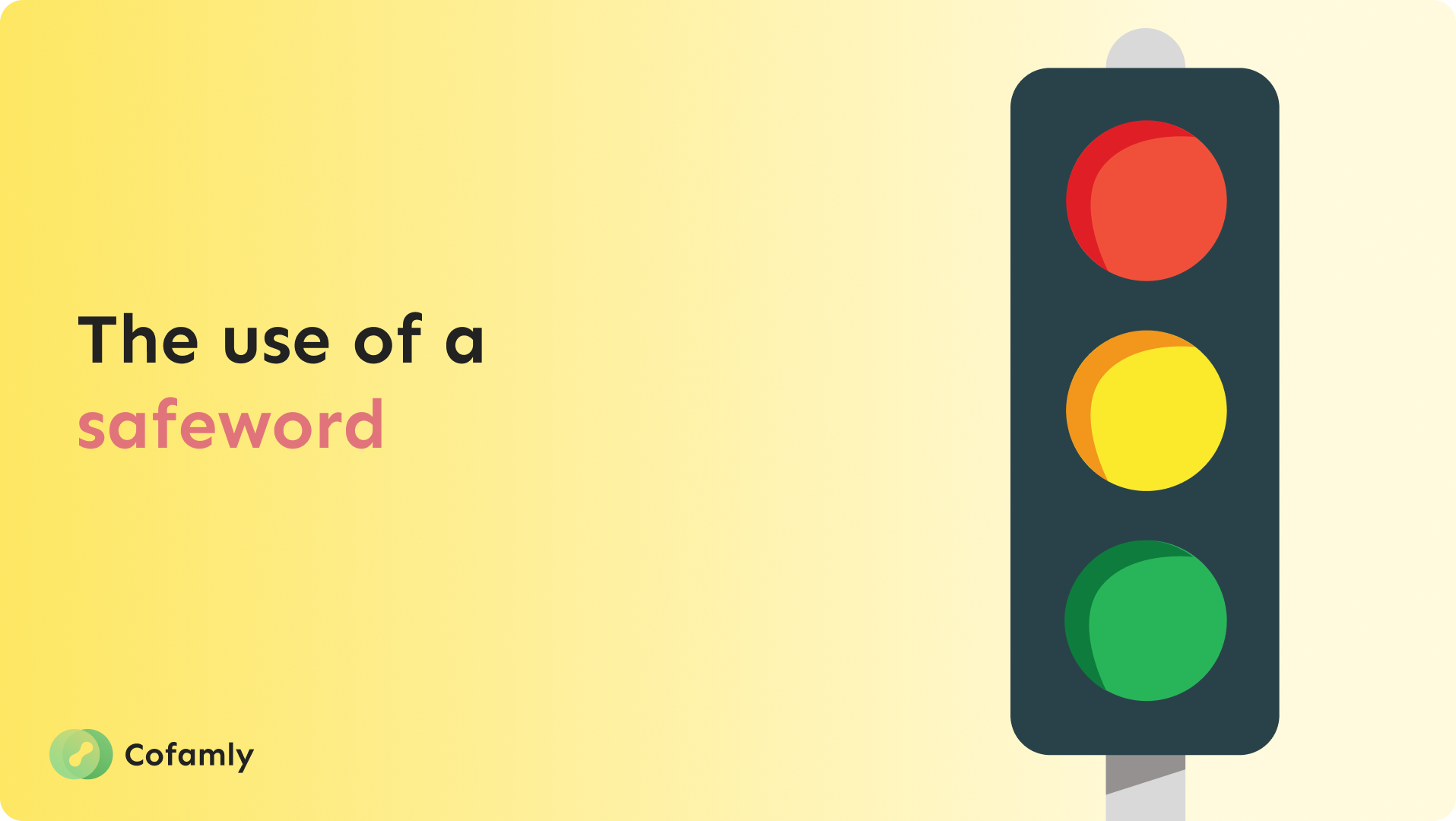What happens when we stop designing parenting tools for adults, and start building them with the child in mind?
That question sparked the beginning of Cofamly, a co-parenting platform that looks at separation and shared parenting through a different lens—one that centers the child, not the adult relationship. While many tools aim to help co-parents stay organized, Cofamly exists to create a safe, structured, and respectful space around the child’s life—because that’s what matters most.
Most Co-Parenting Tools Focus on Adults
In many of the existing co-parenting apps—or even worse, in regular apps like WhatsApp—the child is not the starting point. The structure often revolves around helping parents communicate, share documents, or divide responsibilities. While these tools seem helpful on the surface, they often shift emotional discussions from one platform to another without fundamentally changing the way parents communicate.
A chat stays a chat.
And with that, so do the misunderstandings, the tone issues, and the back-and-forth friction that slowly wears down even the best intentions.
This has a real impact on children. When parental communication becomes emotionally charged, unstructured, or reactive, the child often becomes an afterthought—discussed, but not centered. Updates about school, health, or happiness are easily lost in threads about schedules or finances.
At Cofamly, we approached this problem from a different angle: What if we removed emotional triggers altogether by rethinking the entire communication model?
Cofamly Was Built Differently
From the first line of code, Cofamly was built around a central principle: every action, every decision, every tool must place the child at the heart of the experience.
We designed Cofamly not as a messaging app, but as a collaborative space where two parents can continue to raise their child—calmly, clearly, and respectfully—even when their relationship has changed.
The Journal
Instead of a chat, we built a journal. Not because we wanted to limit communication, but because we wanted to improve its quality and focus.
In the journal, parents can leave updates about their child—how their day went, how they felt, whether they had a fever or a small win at school. These entries are not conversations. They're structured notes written with care, and the other parent can read them at their own pace, without pressure or emotional tone interfering.
Each journal item is linked to a specific child and categorized to keep everything clear: think "School", "Health", or "Daily Mood". No clutter, no chaos—just thoughtful updates that build a shared timeline of the child's life.
The Calendar
When it comes to planning, we’ve built a shared calendar that is entirely centered on the child. In Cofamly, you cannot create appointments unless they are tied to a child. This ensures the focus stays where it belongs: on parenting, not personal logistics.
This approach eliminates many common conflicts that mediators see—like missed pickups or double-booked weekends. It’s clear, transparent, and always relevant. The result? Fewer misunderstandings, and more room to focus on the child’s schedule.
The Finances
Financial discussions are another major source of tension in co-parenting. That’s why we created a space to track expenses per child, offering both visibility and structure.
Parents can log transactions and indicate whether something was paid or still pending. And if needed, they can request non-obligated payments—a gentle, respectful way to handle shared financial responsibilities without pressure.
When used correctly, this feature helps both parents see where money is going, when it was spent, and how it connects to their child’s needs—everything from new shoes to school trips.
Designed With Professionals, Not Just Parents
Cofamly isn’t just shaped by the experience of co-parents. From the beginning, we partnered with ApartSamen, a team of professional mediators who specialize in helping parents navigate separation in a healthy way.
They didn’t just give feedback—they co-designed with us. Together, we reviewed what works in real life and what creates friction, and we made sure our app reflects those realities. With their help, we ensured that every major feature contributes to calmer communication, not more complexity.
One of the most important insights from their side?
"When every conversation starts with the child, the tone changes. It’s no longer about who’s right—it’s about what’s best."
That philosophy lives in every part of Cofamly.
A New Way Forward in Co-Parenting
Cofamly isn’t just a tool—it’s a growing ecosystem for modern co-parents. We’re constantly listening to our users, mediators, and families. The app you use today is better than the one we launched, and tomorrow’s version will be even stronger. Why? Because we evolve based on real needs.
We don’t build features just to build them—we build what matters. What makes co-parenting easier, less emotional, and more focused on raising a healthy, happy child.
We believe the key to successful co-parenting lies in creating clear roles, calm communication, and consistent collaboration. With Cofamly, that becomes not only possible—but practical.
Still parenting. Still caring. Just doing it differently.



